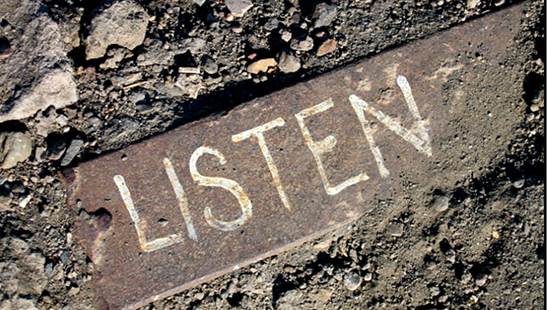

The holiday season is my favorite time of year for two reasons: the holidays themselves and business planning. Proper business planning requires significant reflection, an activity that Lean Leaders embrace and do regularly and less effective leaders often skip.
While I continually reflect during the year, it’s more intentional and formalized in the last quarter. I spend significant chunks of time reflecting on what’s working and what’s not, what I want to do more of and less of, how I want to grow the business in terms of people and products, which services I want to discontinue offering, etc. The result of all this reflecting is a hoshin plan (a work plan) for the coming year that provides clear direction about the target conditions we aim to achieve and the work priorities for achieving them. (You can use hoshin planning to achieve personal goals as well; I wrote about this earlier this year.)
While much has been written about the technical aspects of hoshin planning (also called strategy deployment), there are two key success factors that haven’t captured as much air time: listening and humility. It’s difficult to create an effective plan that gets you from Point A to Point B if you fail to listen deeply or operate with a hubris-filled heart and mind.
Let’s begin with listening. For many people, this is the skill that needs the greatest development. Listening deeply is hard work. It requires that you first recognize and then set aside the biases, beliefs, prejudices, and paradigms that you carry. It requires that you set aside what you think and feel and instead gain clarity about what the other person thinks and feels. It requires that you be 100% in the moment.
Hearing and listening are remarkably different activities that produce remarkably different outcomes. Lean leaders listen. A lot. How can you tell the difference? By paying attention to what a leader says immediately after someone has spoken. Do they ask clarifying questions—especially those that begin with why, what, where, when, and how? With complex topics, do they repeat back what they think the person said to confirm understanding? Do they express empathy: [“I understand why you see things (or feel) that way.”]—and really mean it? Leaders who are hearing but not listening will respond with defensiveness, opinions, proclamations, and so on.
I say that deep listening is hard because I regularly witness otherwise effective leaders slipping up (note: ineffective leaders rarely listen, which is why a large reason why they’re ineffective). Case in point: during a recent value stream mapping activity, several Director-level staff revealed their belief (based on anecdotal data) that their organization has a culture of blame. One of the future state improvements would be wickedly difficult to implement until/if that culture was adjusted. During a briefing with leadership, the team raised the issue that blame could be an obstacle to success and a C-level leader quickly went into what I refer to as “not true” mode, a perilous place for a leader. Not-true mode discounts the person’s feelings or thoughts before they’re given the change to explain and/or provide evidence. It’s disrespectful.
In a matter of seconds, the excitement that had been building around the innovative future state that the team had designed was sucked from the room. A few of the team members physically responded as though they were on a witness stand begin attacked. Fortunately, the leader apologized during the next briefing, the team bounced back, and—in the end—they achieved significant results. But what caused that situation to occur and how do we avoid it? An answer might lie in the intersection between listening and humility.
Humility is vital for the practice of listening deeply. Hubris—the opposite of humility—is a sneaky disease that gives people a false sense of knowing. To listen deeply, one has to operate from a position of curiosity rather than a place of knowing. Probing, asking for evidence and examples, and seeing the world through someone else’s eyes is the key to deep listening, which leads to deep understanding. And as we all know through studying and practicing the scientific method for problem solving, it’s tough to solve problems without deep understanding of the current state.
Which brings us back to hoshin planning. It’s tough to plan for the future if you don’t have a deep understanding about the current state. Developing that deep understanding requires deep listening and humility. My process involves talking with staff, clients, colleagues, and non-client customers (newsletter subscribers, book reviewers, webinar attendees, Slideshare downloaders, conference organizers, etc). I do my best to listen deeply, with an open mind and an open heart—and to listen harder for what needs to be improved than what’s working well. I do my best to recognize and suspend my biases, beliefs, prejudices, and paradigms as I listen for new opportunities and adjustments that need to be made.
Finally, I spend significant time in silence, reflecting on recent successes and failures. I consider how to do more of what works and less of what doesn’t. And I listen to my gut about the future. Because some things aren’t, can’t, and shouldn’t be data-driven. In today’s always-0n world, it’s tough to have the discipline for significant periods of silence and reflection. But I can assure you, it’s wildly effective.
As you begin to firm up your plans for 2014, make sure you and your leadership have listened deeply and with humility. And that you’ve allowed relevant reflection time. Once you have your plan, WRITE IT DOWN and share it with those who support you. With a few tweaks to your planning process, you may find 2014 to be a year like no other.
Image reprinted with permission from Karith, Flickr